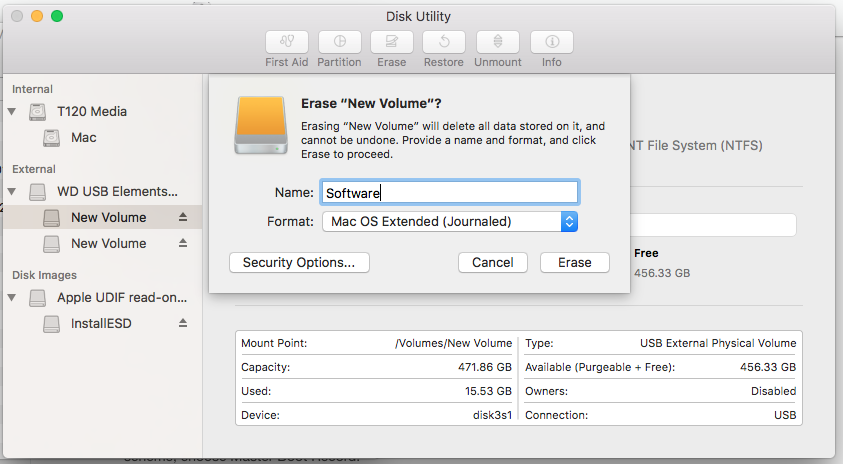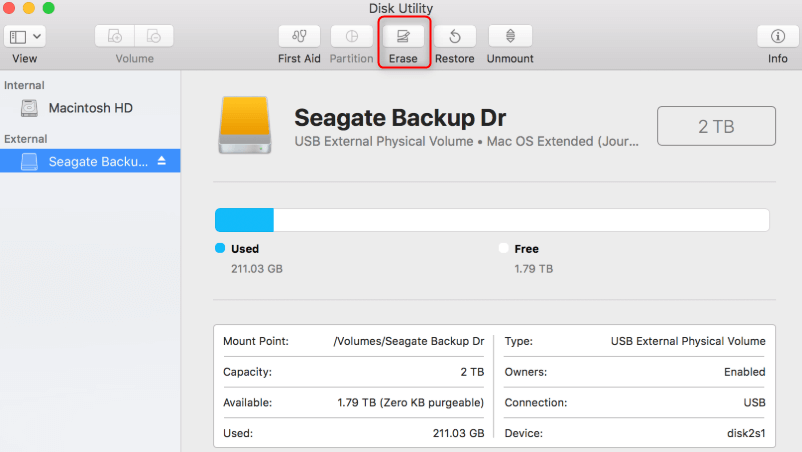

This would result in a drive that does not work in Windows 10. If you intend to use the drive only on Apple computers then leave the format as "Mac OS Extended (Journaled)". I will simply name it "16 GB" as this is the only drive that I own with 16 gigabytes of capacity. Then, type in a new name you wish the formatted drive to be identified as. To format it, simply hold control key and click on the drive. If multiple drives are connected to your Mac, try disconnecting the one you wish to format and identify the one under Disk Utility. In your case, the name of the drive should match the manufacturer. As you can see under external we have our Kingston USB drive that we wish to format. Do not touch the drives in Internal section unless you exactly know what you are doing as that could destroy your Mac. Doing that will categorize all storage devices into two groups. To do that, click on view and select show all devices. The first thing to do here is to see physical devices instead of formatted volumes. This utility is already installed in every Mac and helps us format, partition, give info about a storage volume and a lot more. Then, search for "Disk Utility" and press the enter key to open it. Press both the command key and the space key at the same time to open spotlight search. Depending on what type of data there is, the drive may or may not show up on the desktop. To get started, plug in the USB drive you want to format.

In this article we'll see how to format a USB flash drive in macOS. Be it a floppy drive, a hard drive, a solid state drive or a USB drive. Formatting is the process of erasing and initializing a persistent data storage device.


 0 kommentar(er)
0 kommentar(er)
